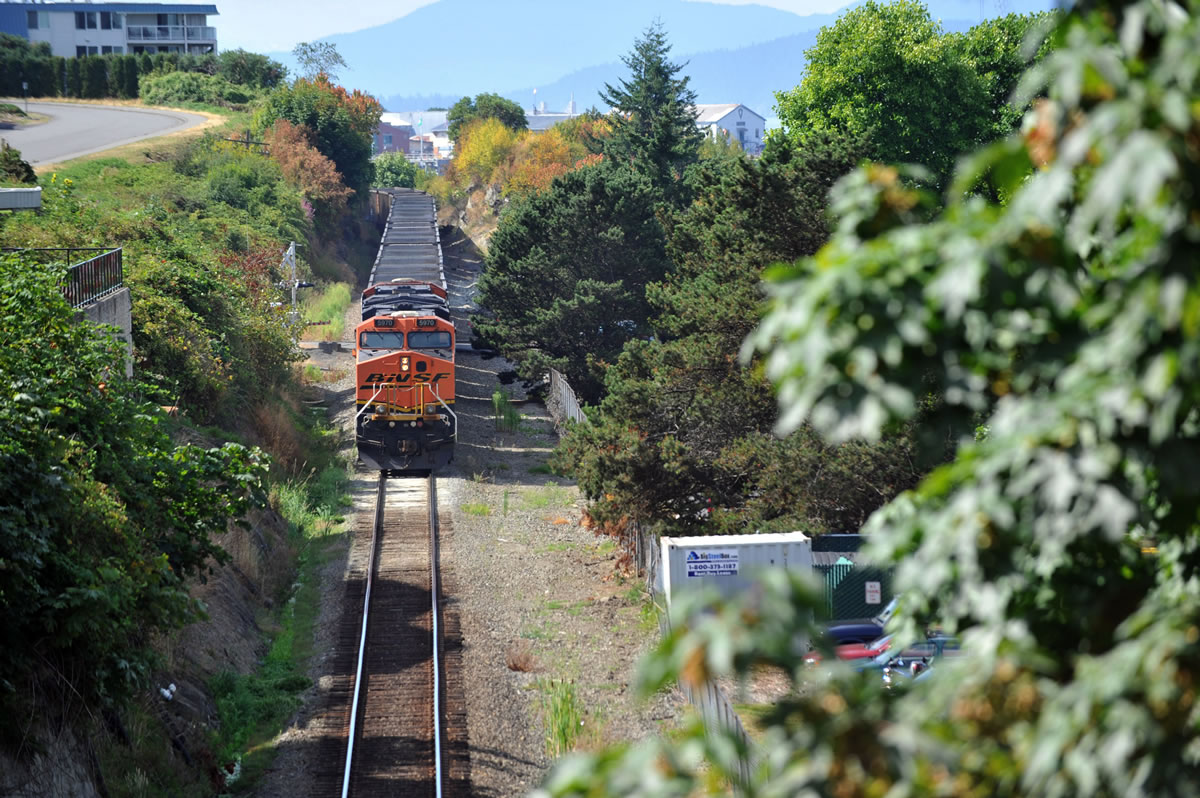A total of five proposed export terminals — two in Washington, three in Oregon — would process coal, hauled primarily by train from the Powder River Basin in Wyoming and Montana, on its way to energy-hungry Asian markets. Longview is one of the five sites under consideration for a new terminal. Plans for a sixth facility in Grays Harbor County were dropped this year.
Multiple local governments in the Northwest have passed measures raising a variety of concerns about the proposed export facilities, including increased coal-train traffic.
The Vancouver City Council passed a resolution asking for a cumulative look at the impacts of the proposed coal-export operations and requesting to be a part of any environmental impact reviews. The Portland City Council voted unanimously to oppose coal trains running through the city until a federal review evaluates the impacts of coal exports. The Seattle City Council has unanimously passed a resolution opposing the development of coal-export terminals in Washington.
And the city councils of Washougal and Camas have both adopted public resolutions outlining their concerns about increased train traffic.



